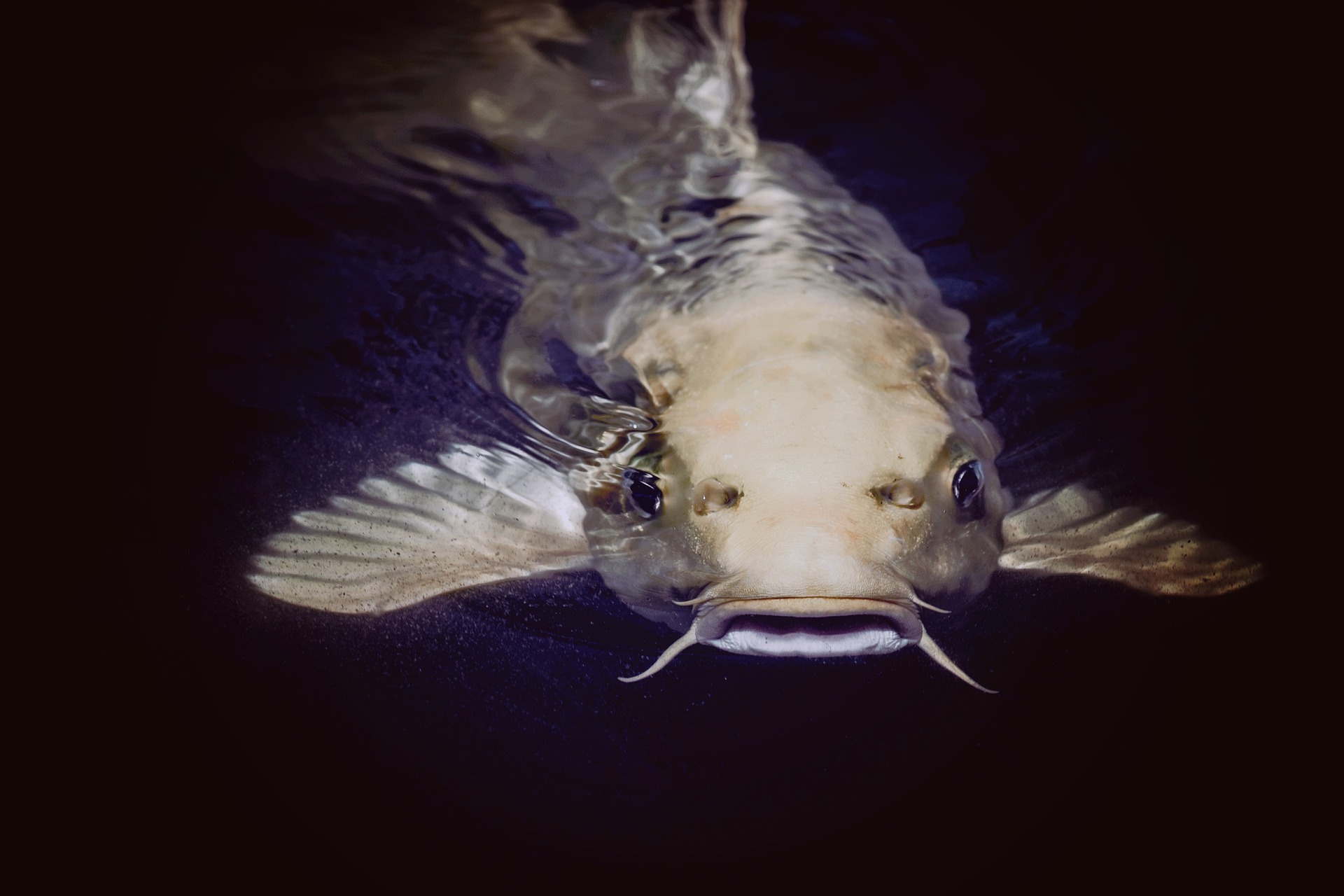
The Fishing, Hunting, and Arms International Exhibition is being held for the 29th time in Hungary.Continue reading

With a new technological solution and several years of intensive, genetically-based breeding, a Hungarian-led European research project has succeeded in almost domesticating the European catfish and developing an intensive breeding method for mass production, Tudás.hu reports based on Horizon magazine. The project’s researchers hope that catfish can compete with cod, tuna or even salmon on international markets in the future.
The research, which was completed last year, was carried out with German, Austrian and Slovenian participants and Hungarian leadership, and is significant because catfish has been produced in small quantities by fish farmers and has not been well regarded, even though its boneless meat is highly nutritious and healthy.
One of the outstanding achievements of the project is that it has solved the problem of farming catfish, the most difficult part of which was feeding the predatory fish. Luckily, the catfish also eats carrion, so it does not need to be fed with moving food. Austrian researchers have succeeded in developing a fish feed optimized for catfish from pig blood, using blood meal made by drying at low temperatures, to replace the fish meal most commonly used in fish farms and derived from marine fisheries.
Another achievement is that domestic research at the Aranyponty Zrt. fish farm, which has been ongoing for 12 years, has led to a highly effective semi-intensive farming technology that has enabled catfish to be reared in monoculture.
As a result, they reach market weight of 2.5-3 kg in 2 years instead of the previous 3-4 years, making them competitive with imports from South-East Asia.
In addition to this, genetically based breeding has been carried out, with a German fish breeding company selecting the best growing offspring for ten generations and crossing them with excellent Hungarian catfish. The result was a virtually domesticated hybrid catfish line, which was named Silgen catfish after the project acronym.
This breed, they say, grows faster, adapts quickly to different husbandry conditions, requires fewer antibiotics and other chemicals to breed and is more resistant to disease.
But the €2.5 million (almost HUF 1 billion) research project (including almost €2 million in EU funding) did not stop at producing fish. Consumers were also targeted to make it easier to prepare catfish at home. The final product is a ready-to-cook boneless catfish fillet, which the project aims to put on the shelves in Germany and Slovenia as well as Hungary.
Featured photo via Pixabay